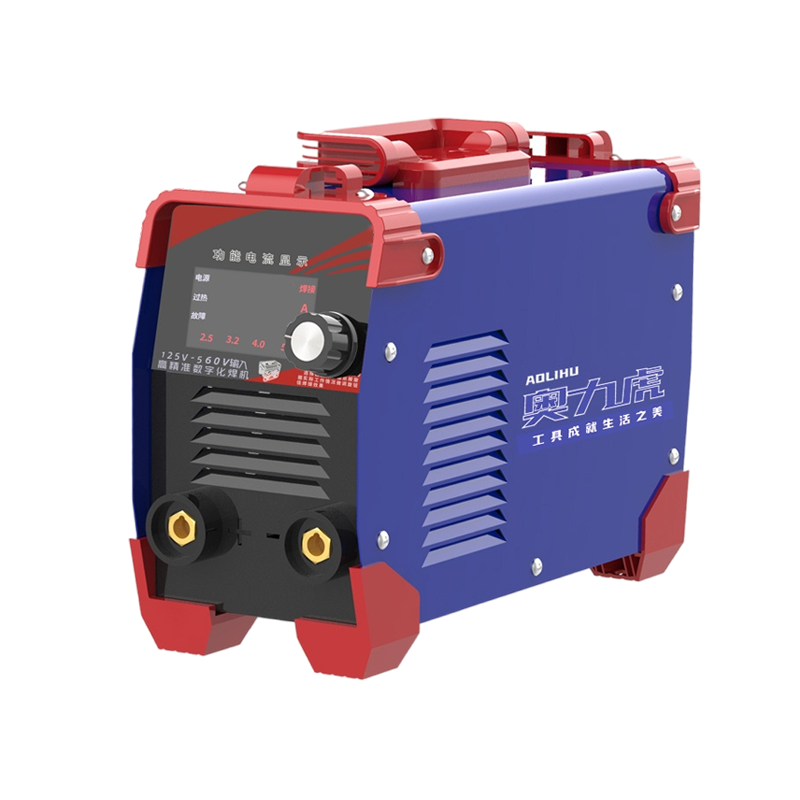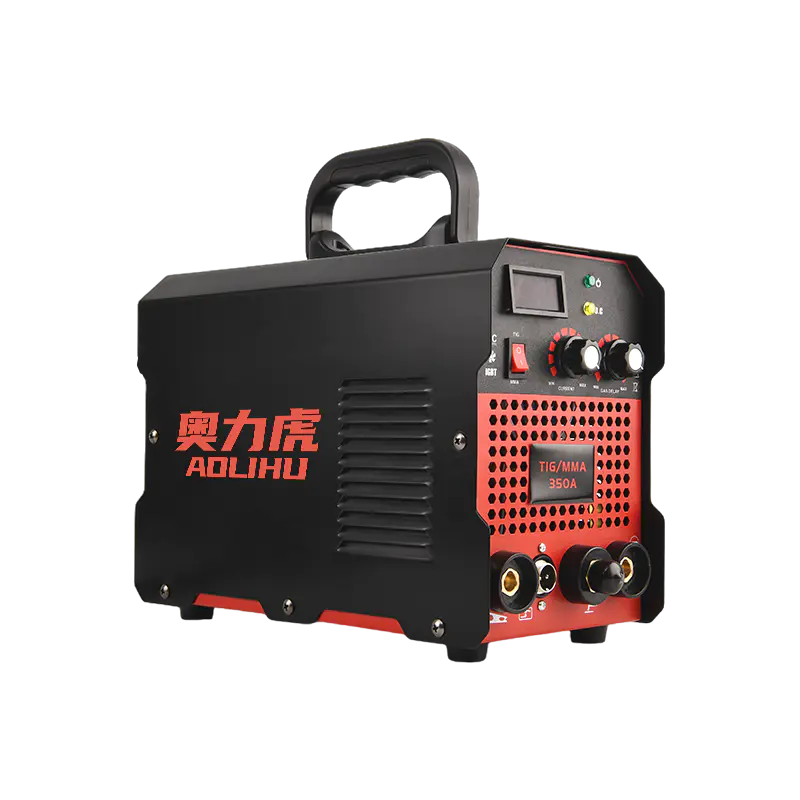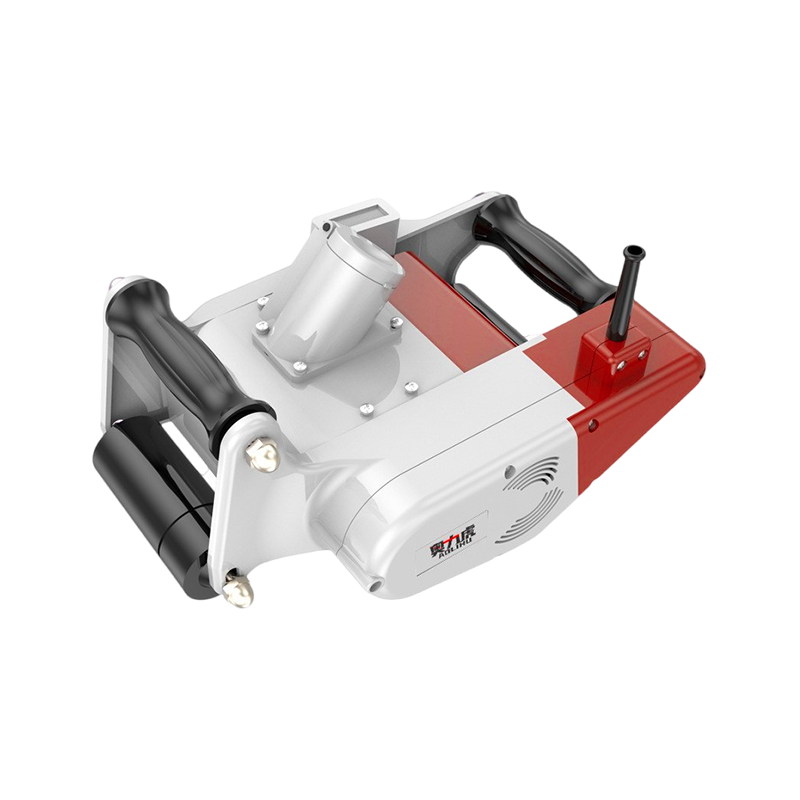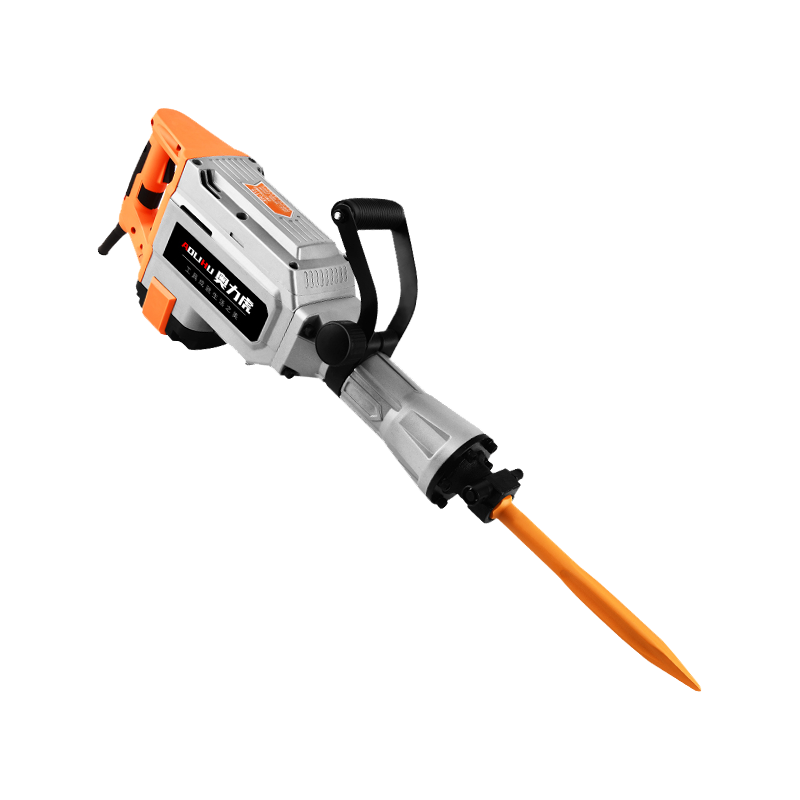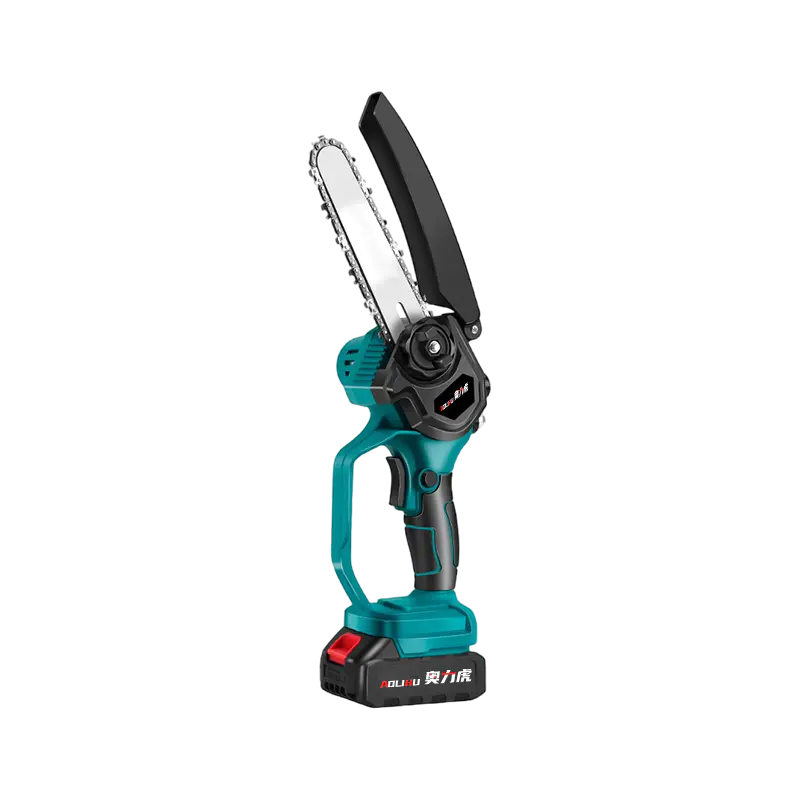A technological innovation known as the labor saving arm is gradually transforming operations across numerous sectors, from manufacturing and logistics to healthcare and domestic applications. These sophisticated mechanical systems are designed to augment human capability, reduce physical strain, and optimize workflow efficiency. The growing integration of this technology represents a significant shift toward collaborative automation in various work environments.

The fundamental principle behind the labor saving arm involves the use of articulated mechanical structures, often powered by electric or pneumatic systems, to perform repetitive or physically demanding tasks. These systems are engineered to work alongside human operators, providing assistance with lifting, positioning, holding, and manipulating objects. The versatility of the labor saving arm allows for customization to specific tasks, with adjustable parameters such as reach, weight capacity, and range of motion. This adaptability makes the technology suitable for diverse applications, from assembly lines to surgical suites.
Recent advancements in sensor technology and control systems have significantly enhanced the functionality of the labor saving arm. Modern iterations incorporate sophisticated feedback mechanisms that allow for precise movement control and responsive interaction with human operators. These improvements have increased the safety and intuitiveness of these systems, making them more accessible to workers without specialized technical training. The development of lighter, stronger materials has also contributed to improved performance and energy efficiency in newer models of the labor saving arm.
In industrial settings, the implementation of the labor saving arm has demonstrated notable benefits for workflow optimization and worker safety. These systems are particularly valuable in manufacturing environments where repetitive motion tasks can cause fatigue and injury over time. By assisting with lifting and positioning components, the labor saving arm helps maintain consistent production quality while reducing the physical burden on employees. This application is especially relevant in industries facing challenges related to an aging workforce or high rates of work-related musculoskeletal disorders.
The healthcare sector has emerged as another significant area of application for the labor saving arm technology. In rehabilitation centers, these devices assist therapists in supporting patients during mobility exercises, enabling more effective treatment sessions while small physical strain on healthcare providers. Surgical applications continue to evolve, with specialized versions of the labor saving arm providing steady positioning of instruments or cameras during complex procedures, contributing to improved surgical precision.
The service industry and domestic environments are also witnessing increased adoption of labor saving arm technology. In commercial kitchens, these systems assist with handling heavy pots and supplies, while in retail logistics, they facilitate the movement of inventory. For home use, compact versions of the labor saving arm are being developed to assist with daily tasks, particularly for individuals with mobility limitations or reduced strength. This expansion into consumer markets indicates the broadening relevance of the technology beyond traditional industrial applications.
Looking forward, the trajectory for labor saving arm technology points toward continued innovation and market growth. Research efforts are focusing on enhancing the intelligence and connectivity of these systems, with developments in machine learning algorithms that enable more adaptive and predictive assistance. The integration of these systems with other smart technologies and the Internet of Things is expected to further expand their capabilities and applications. As the technology becomes more sophisticated and cost-effective, the adoption of the labor saving arm is likely to increase across additional sectors, supporting productivity and workplace safety in evolving economic landscapes.

 English
English русский
русский Français
Français Español
Español